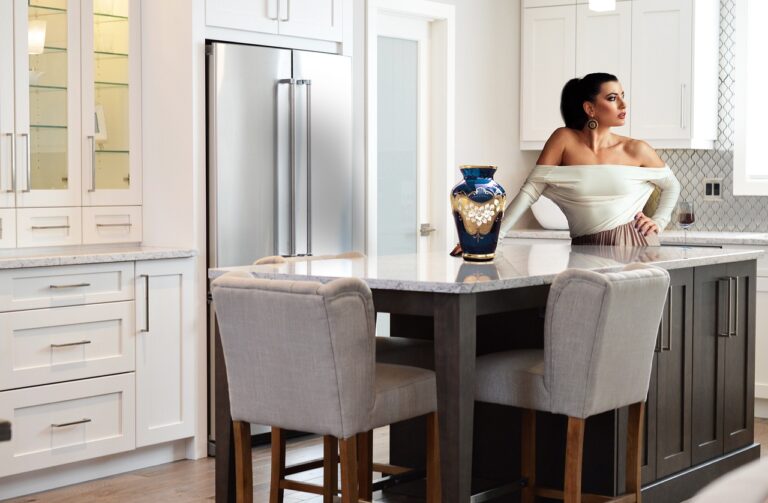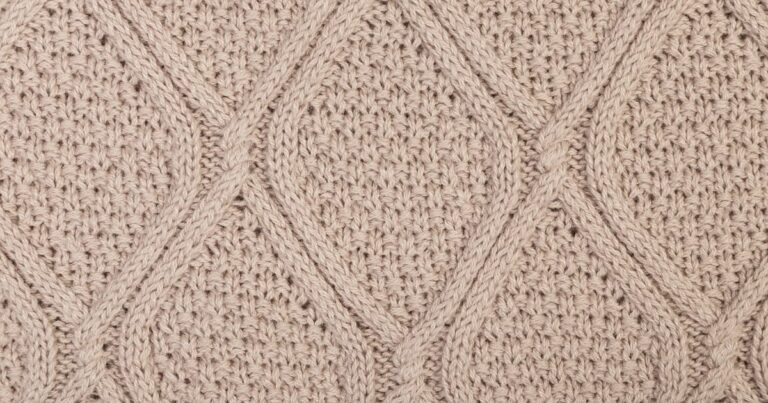Fashion and Architecture: Exploring the Relationship Between Building Design and Clothing Design
Architectural elements have long been a source of inspiration for fashion designers around the world. The shapes, patterns, and textures found in buildings often find their way onto the runways in the form of clothing and accessories. It is fascinating to observe how the clean lines of a skyscraper or the intricate details of a historic cathedral can translate into garments that exude sophistication and elegance.
Furthermore, the color palettes used in architecture often influence the hues chosen by fashion designers for their collections. From the earthy tones of natural materials like wood and stone to the bold, vibrant colors of modern buildings, architects and fashion designers alike understand the power of color in evoking certain moods and emotions. This interplay between architecture and fashion continues to shape trends and push creative boundaries in both industries.
How Building Materials Inspire Textile Choices
Building materials have long served as a wellspring of inspiration for textile choices in the fashion industry. An enduring example of this symbiotic relationship can be seen in the use of leather, a material commonly associated with luxurious architectural finishes, in the creation of sleek and sophisticated garments. The rich texture and innate durability of leather have made it a favored choice for designers seeking to infuse their collections with a sense of timelessness and sophistication.
Similarly, the use of concrete in architecture has spurred a trend towards incorporating textured, industrial-inspired fabrics in fashion design. The rough, raw aesthetic of concrete has paved the way for garments that exude a sense of urban flair, with designers embracing fabrics like denim and canvas to capture the essence of modern industrial design. By channeling the structural integrity and visual impact of building materials into their textile choices, designers are able to create garments that not only reflect the current architectural landscape but also push the boundaries of sartorial innovation.
• Leather, a material commonly associated with luxurious architectural finishes, is used in creating sleek and sophisticated garments
• The rich texture and durability of leather make it a favored choice for designers seeking timelessness and sophistication
• Concrete in architecture has inspired the use of textured, industrial-inspired fabrics in fashion design
• Garments now exude urban flair with fabrics like denim and canvas capturing the essence of modern industrial design
• Designers channel the structural integrity and visual impact of building materials into their textile choices to push boundaries of sartorial innovation
The Evolution of Silhouettes in Relation to Structural Designs
In the world of fashion, the relationship between architectural design and clothing silhouettes is a fascinating one. Throughout history, we have seen how the shape and structure of buildings have influenced the way garments drape and fit on the human body. From the grand and voluminous shapes of the Victorian era, inspired by the elaborate architectural detailing of the time, to the sleek and minimalist lines of modernist architecture that gave rise to simple and streamlined silhouettes, the evolution of fashion has always been intertwined with the evolution of architectural styles.
As architectural designs have become more innovative and daring, so too have fashion designers pushed the boundaries of traditional silhouettes. The rise of skyscrapers and futuristic buildings has led to the creation of avant-garde and sculptural garments that mirror the bold lines and geometric shapes seen in contemporary architecture. By blurring the lines between architecture and fashion, designers have been able to transform garments into wearable works of art that not only adorn the body but also serve as a reflection of the ever-changing world around us.
How do architectural elements influence fashion trends?
Architectural elements such as geometric shapes, lines, and structures can inspire designers to create clothing with similar shapes and patterns.
How do building materials inspire textile choices in fashion?
Building materials like concrete, metal, and glass can inspire designers to use similar textures and finishes in their textiles, creating a unique and modern look.
How have silhouettes evolved in relation to structural designs over time?
Silhouettes in fashion have evolved to mimic the clean lines and minimalist aesthetic of modern architectural designs, leading to the popularity of sleek and structured clothing styles.






